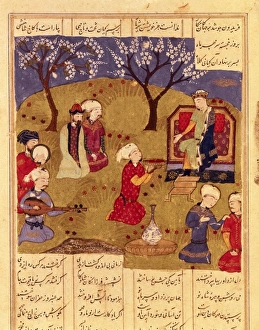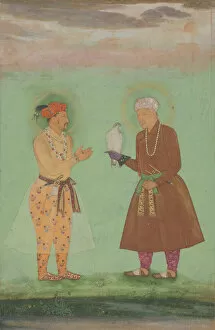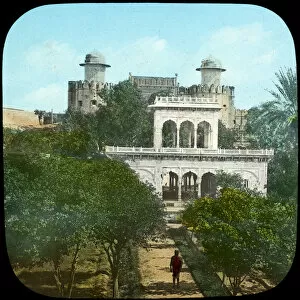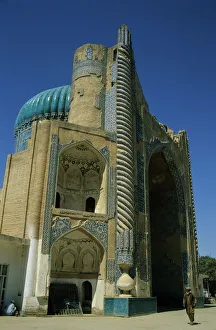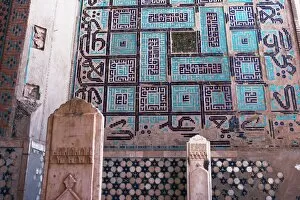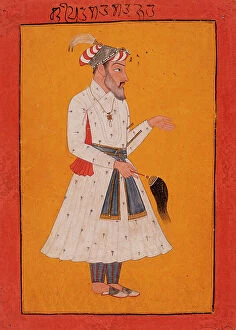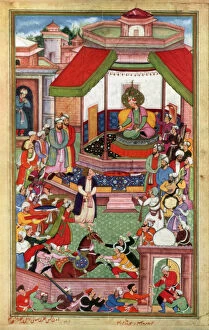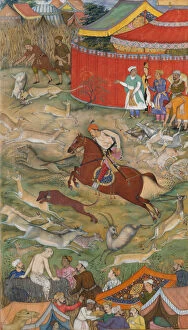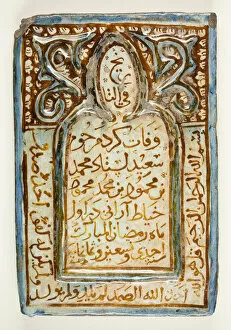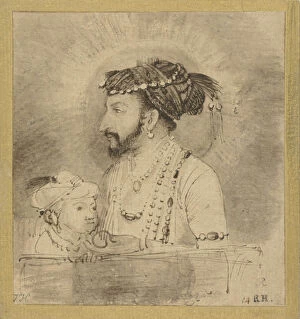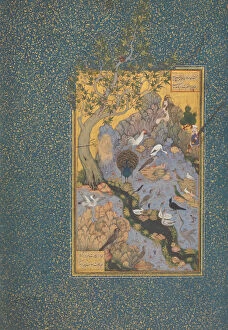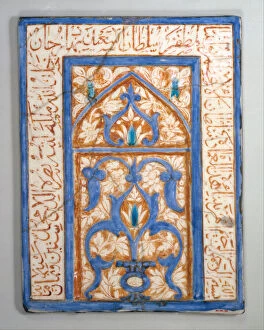Timurid Collection
"Exploring the Rich Legacy of the Timurid Empire: From Shahnameh to Samarkand" The Timurid dynasty, known for its grandeur and cultural achievements
All Professionally Made to Order for Quick Shipping
"Exploring the Rich Legacy of the Timurid Empire: From Shahnameh to Samarkand" The Timurid dynasty, known for its grandeur and cultural achievements, left an indelible mark on history. Inspired by ancient Persian epics like Shahnameh (Book of Kings), they fostered a renaissance in art and literature during the 16th century. Faridun, one of their legendary kings, became a symbol of justice and wisdom. Jahangir and his father Akbar continued this artistic tradition. A magnificent folio from the Shah Jahan Album showcases their love for intricate details and vibrant colors. In Lahore's Fort Gardens, a marble pavilion stands as a testament to their refined taste in architecture. Shah Jahan himself is immortalized on horseback through an exquisite artwork created with ink, opaque watercolor, and gold on paper. This masterpiece captures his power and elegance. The Timurids' architectural prowess is evident in structures like the shrine of Khwaja Abu Nasr Parsa. Built in late Timurid style during the 15th century, it exemplifies their mastery over design elements that blend beauty with spirituality. Timurid decoration adorns Gazargah's Sufi shrine's main Iwan within its interior courtyard—a mesmerizing display of geometric patterns intertwined with floral motifs—an ode to their aesthetic sensibilities. Ulugh Beg Observatory pays homage to Mirzo Ulugbek's contributions as both ruler and astronomer. His statue stands tall amidst celestial wonders he studied passionately—reminding us that knowledge knows no bounds. Abu l-Fazl ibn Mubarak presenting the Akbarnama to Akbar depicts another facet culture—the patronage extended towards scholars who documented historical events meticulously—a testament to their thirst for knowledge.

